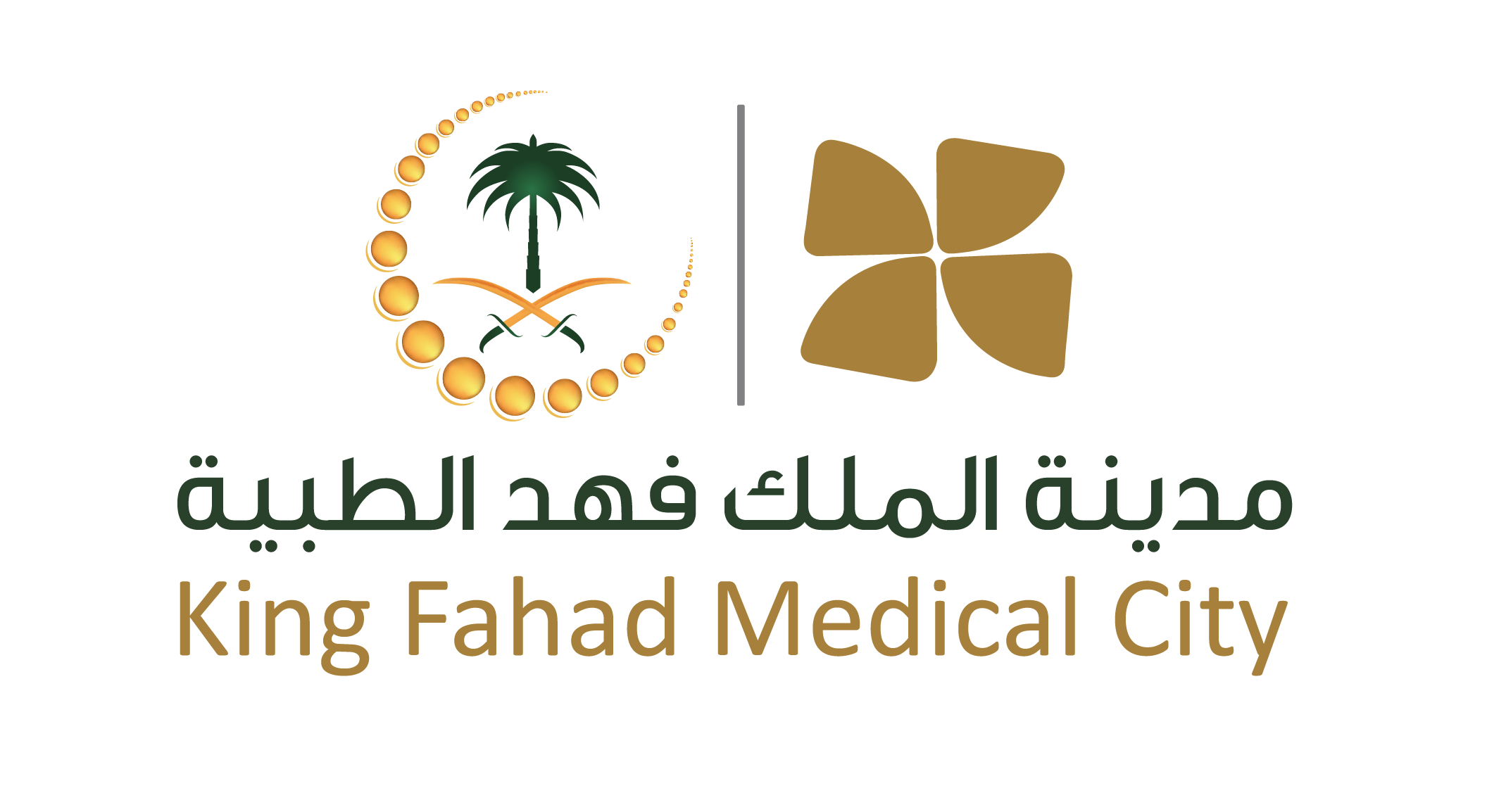Title Page
-
Site conducted
-
Unit
- Adult Endoscopy
- OHIPC
- Adult Renal Dialysis
- Medical Ward 8
- Medical Ward 7
- Medical Ward 6
- Medical Ward 5
- Male Surgical Ward
- Female Surgical Ward
- Surgical Ward 5
-
Unit
- CCU
- CW1
- CW2
- CTW
- CSW
- NIL
- ACCL
- PCCL
- PCW/PHDU
-
Unit
- GYNE-ONCO
- WARD 1
- WARD 2
- WARD 3
- WARD 4
- NURSERY
- L&D
- REIMD
- URO-GYNE
- WSH ED
-
Conducted on
-
Prepared by
Documentation Audit Findings
- Document Review #
-
MRN
CONSENT
-
Valid consent available in patient's file.
-
Signed by two witnesses (or as per policy)
-
If patient is unable to sign consent, reason for patient's inability to sign consent is documented in the consent form.
-
Form completely filled up with no spaces left blank.
-
No abbreviations used.
SCREENINGS
-
Fall Risk Screening, Pressure Injury Screening, Pain Screening, Social Worker Screening, and Nutritional Screening - initiated and completed within 24 hours upon the patient's admission.
Fall Risk Screening
-
Patients are assessed for risk of falling on admission, transfer, following a change in condition and/or post fall.
-
Reassessment done and documented as per KFMC policy.
-
A plan of care including fall prevention and precautions implemented - documented in patient's medical record.
-
Completeness of data entry is observed.
-
Post Fall Management: post-fall management related form in EPIC completed
Pressure Injury Prevention and Management
-
Initial pressure injury risk assessment will be done on all patients within 24 hours upon admission.
-
All patients have Comprehensive skin assessment and w/ score & risk documented in the NCP (admission, Once per shift)
-
Reassess patients according to risk category, change in patient condition, transfer
-
All pressure ulcers reported on the DATIX incident reporting system, if any
-
Appropriate preventive measures implemented for at risk patients - documented in patient's medical record
-
Patients, who present to the emergency department and outpatient areas for a period longer than 6 hours, performed pressure ulcer risk assessment
Pain Assessment and Reassessment
-
An initial baseline pain screening performed within 30 minutes of admission (both Inpatient and Outpatient setting)
-
Patient is screened for the presence of pain when taking vital signs and at least every 12 hours or when patient's condition requests
-
In the presence of pain, a comprehensive pain assessment is done within 30 minutes of initial screening
-
Effectiveness of interventions assessed and documented at policy prescribed intervals
-
Completeness of the data entry is observed
Social Worker Screening
-
Social worker screening completed within 24 hours upon the patient's admission.
-
Patients subsequently requiring social worker intervention, the patient is directly referred – documented in the nurse’s notes
-
Patients that needs referral are referred accordingly – referral is documented in the nurse’s notes
-
Completeness of the data entry is observed
Nutritional Screening
-
Patient is screened within 24 hours upon admission
-
Patient at risk is referred to clinical dietician and seen within 24 to 72 hours according to the level of nutritional risk – documented in the nurse’s notes
-
Patients not at risk is referred to clinical dietician within 7 days of admission – documented in the nurse’s notes
PATIENT AND FAMILY EDUCATION
-
Each patient's educational abilities and barriers assessed
-
Each patient or family educational needs assessed and planned
-
Patients and families are educated about:
-
Rights and responsibilities and whom to contact for further information.
-
Participation in the care plan.
-
Required treatments and procedures.
-
Use of medical equipment or appliances.
-
Pre-operative preparations as indicated.
-
Post-operative nursing care as indicated
-
Necessary medications, the frequency, potential side-effects and food-drug interactions.
-
Rationale and benefits of any dietary restrictions
-
Pressure ulcer prevention and management
-
Pain management
-
Falls prevention and management
-
Discharge and home instructions
-
Evaluation of patient/family's response to education (action plan generated if understanding unsatisfactorily)
-
Completeness of the data entry is observed
MEDICATION ADMINISTRATION
-
Medications are administered on time following KFMC policy on medication administration - for late administrations, reason for late medication administration is documented in the nurse's notes
HANDOVER
-
Handover template is used (ISBAR) in documenting handover
-
Handover is done whenever responsibility for the care of a patient is transferred to another health care provider
-
Handover template is completely filled up, no unapproved abbreviations used
NURSING ASSESSMENT AND REASSESSMENT
-
Initial assessment is completed and documented within policy prescribed time frame
-
Re-assessment done and documented as per policy prescribed time frame
-
Care plan is updated and evaluated every shift
-
Patient goals are assessed and documented (PC.16)
BLOOD AND BLOOD PRODUCTS ADMINISTRATION
-
Patient’s baseline vital signs taken and recorded prior to obtaining the blood products from the blood bank
-
Patient is monitored for early signs and symptoms of transfusion reaction every 15 minutes for the first hour, every 30 minutes for in the second hour and hourly thereafter
-
Product type, blood group, and rhesus factor, volume transfused and rate, product identification number, patient vital signs, and patient assessment findings and tolerance to the procedure documented in the nurse’s notes
DISCHARGE PLANNING
-
Discharge planning is initiated within 24 hours upon the patient’s admission
-
Discharge planning form is completely filled up
PATIENT AND FAMILY RIGHTS (PATIENT BELONGINGS)
-
Patient valuables and belongings upon arrival to the ward checked and documented
-
Disclaimer on valuables and belongings completed upon the patient’s arrival in the ward
-
Patient and family education on patient valuables and belongings given and documented
-
Other significant findings:








